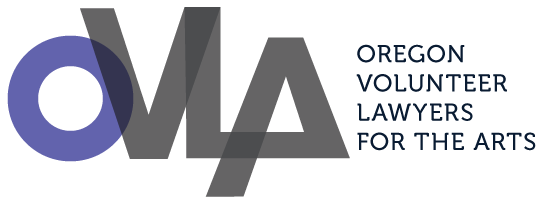This week, our exploration of the topic of music copyright continues as we discuss what the music copyrights mean to the owners.
Read MoreToday’s post will cover some important fundamentals of music copyrights. Unlike most creative works, which are generally protected by a single, over-arching copyright, recorded music is covered by two copyrights: one for the composition, and one for the sound recording. Understanding how the two copyrights differ, and how they interplay with each other, is important to understand the music industry and the protections that music copyright owners enjoy.
Read MoreA copyright grants protection to the owner against any work which is “substantially similar” to the copyrighted work. This includes not only copying, but recreations of a copyrighted work as well. For instance, if you were to replicate the exact setting and elements of a particular photograph and recreate the picture using your own camera, you may be infringing on that photograph, even if you aren’t making an actual copy of the original. This is a powerful protection given to copyright owners, but it isn’t limitless. One of the limitations to this protection is known as the de minimis doctrine—literally, copying of such a trifling amount that the law need not be concerned. This week, we’ll cover what the de minimis doctrine is and when it may apply.
Read MoreThe Digital Millennium Copyright Act (DMCA), in particular the section 512 safe harbor provision, fundamentally changed how content is shared on the internet. As we discussed in Part I, the safe harbor attempts to incentivize service providers places where content can freely be shared online without destroying the copyright holder’s hopes of protecting his intellectual property. The takedown notice and counter-notice procedures we discussed in Part II attempt to provide an effective but balanced way to enforce copyright protections online without subjecting the process to abuse. This week, we’ll address the question: is it actually working?
Read MoreAs we noted in Part I of this series, one of the challenges for copyright owners who find their material posted online is finding the individuals who posted it. To combat this problem, the safe harbor provision requires service providers to have a system in place by which copyright owners can request that allegedly infringing material be taken down. It is up to service providers to determine the best way to accept such notices, bearing in mind that removal of content must be sufficiently expeditious.
Read MoreAccording to an annual study by Cisco, within three years, 85 percent of American internet consumption will be watching video, nearly all of which is protected by copyright. While most online video is licensed from the copyright holders, some of the most popular websites online are not content creators or licensees, but “online service providers” like YouTube, which allow users to post their own material and share with the world.
Read MoreThe Visual Artists Rights Act of 1990 (VARA) grants what are known as “moral rights” to the author or artist of certain “works of visual art.” These rights are only given to the artist of the work and cannot be transferred (although they can be waived through a signed contract).
Read MoreThe Ninth Circuit Court of Appeals, which covers all of the western states, ruled today that digital sampling of a brief snippet from a sound recording did not constitute copyright infringement.
Read MoreA San Diego jury in federal court recently gave a big win to singer/songwriter Victor Willis of the Village People, increasing Willis’ share of royalties for multiple compositions, including the hit song “Y.M.C.A.”
Read MoreIn our March and April workshops, Copyright Basics and Basics of Online Infringement Remedies for Creatives, we discussed some complex copyright issues, especially involving what constitutes fair use and how to protect and use images in the digital age. The U.S. Copyright Office has recently announced that it is taking some steps in an attempt to clarify or provide support for these issues.
Read MoreLet’s face it, copyright can be a counter-intuitive mess. From figuring out the boundaries of the “fair use” doctrine, to understanding why certain sound recordings are protected under federal law (those made on or after February 15, 1972) and some are protected, if at all, under state law (those made prior to 2/15/72), copyright can be a real pain.
Read More